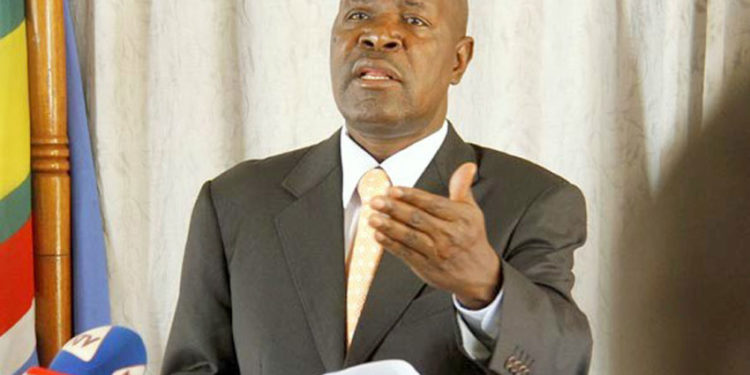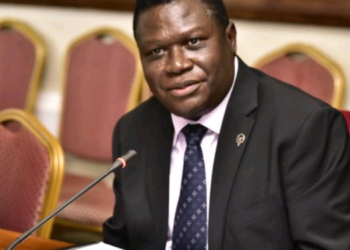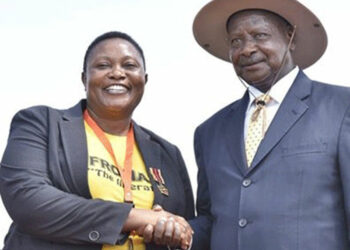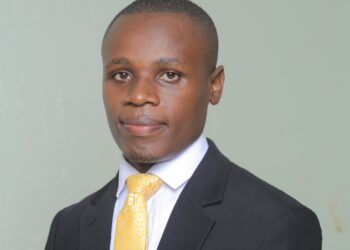Last week, the Extra-Ordinary Summit of six Heads of state from Uganda, Tanzania, Kenya, Rwanda, Burundi, and South Sudan admitted the Democratic Republic of Congo (DRC) into the East African Community (EAC) creating one of the largest blocs by geographical size and natural resources potential on the African continent. When DRC, former Zaire ratifies its admission, the bloc will be 4.4 million sq km from 2.4 million sq km in land size stretching between the Indian to Atlantic Oceans with a population of 270 million from 183 million after adding DRC’s 90 million.
The nominal GDP will be $266 from $220 billion when the $46bn of DRC is added. This size opens a huge potential for investments in tourism, industrial manufacturing and processing extractives in mineral and forest resources. In addition, it will add hydro energy generation from the Nile and Congo rivers to power businesses, and road, water, and railway transport between the two oceans will open international gateways to lucrative markets and sources of investments.
The link between Uganda, South Sudan, DRC and Rwanda opens up Africa’s hinterland into Central African Republic, Sudan, Ethiopia, and Somalia an EAC candidate. While DRC’s admission isn’t the silver bullet to resolve its internal contradictions, or of other EAC members, it’s an important step in the right direction if harnessed well. These regional blocs form Africa’s blocks for strategic centre of gravity for security, survival and socio-economic transformation in a very turbulent world where the rule of the jungle favours the strong.
Uganda, previously called ‘landlocked’ can become a major investment hub and supply artery to all neighbouring countries, the reason current bilateral agreements to construct the 223km road networks from Nebbi-Goli-Bunia, Buni-Bogoro-Kasenyi, Rwebisengo-Budiba-Buguma-Nyiyapandam and Budiaba bridge across river Semiliki should be expedited.
DRC’s admission vindicates and validates President Yoweri Museveni’s persistent, insistence and consistent advocacy, if not nagging, for regional, and eventually Africa’s integration. It was Museveni’s insistence and advocacy that persuaded Tanzania’s Benjamin Mkapa, and a reluctant, or perhaps hostile Daniel Toroitich arap Moi to resurrect the EAC on 30 November 1999 that collapsed in 1977. Since its revival, Museveni, now the old man of the EAC clan, worked for the admission of Rwanda, Burundi and South Sudan where internal political and military conflicts threatened the region.
Even when some people may sneer or feel jittery, Museveni remains the most stead-fast and eloquent advocate for integration, and not hesitant to cede the most needed ground sometimes even under extreme provocation or the lack of appreciation. He has now been joined by Uhuru Kenyatta and Samia Suluhu Hassan knowing that even with the best of intentions, powerful aggressors remain lurking around seeking to subjugate, exploit and marginalize others.
Moi had believed that Kenya with a little better economy that had enjoyed relative peace could by itself withstand and prosper until his former allies US and UK began to have him for breakfast, lunch and dinner over governance issues.
This bloc has directly expanded the market from 177m to 266 people, and beyond $193bn GDP. Uganda’s formal export in food, household items, metal, iron, steel, and cement will increase due to harmonization of the customs union, common market, monetary union, and political federation rules as stipulated by the treaty. The DRC may also ask for specific organs for mining, energy, forest product, and other natural resources to raise its competitiveness, value addition, trade and investments.
DRC with its current population of 90 million people is the largest country on the continent, and reported to have the largest deposit and variety of natural extractive resources of minerals and forests, but least exploited or developed due to historical imperial meddling, and longest running internal armed conflicts, instability and weak central government control.
If roads, water and rail transport, and hydropower infrastructures are constructed inter-connecting the bloc, Uganda and Rwanda as arteries should be major beneficiaries as investment, industrial, commercial, trading hubs and distribution routes. Among the immediate advantages for the DRC are integration of its eastern side into the common telecommunications space which will reduce costs with neighbouring countries, several administrative facilities and charges for commercial and economic activities because of the removal or harmonization of tariffs. Congolese citizens will now move freely in the EAC. DRC is expected to befit from reduced tariffs when it uses Mombasa port in Kenya and Dar es Salaam in Tanzania. In 2020 Uganda enjoyed a trade surplus of $418 million with the DRC, which could increase.
The DRC which borders all the five EAC countries of Uganda, Tanzania, Rwanda, Burundi and South Sudan has been a major security headache to its neighbours where armed warlords, militias, dogs of fortunes, and rebels fighting their governments have roamed freely for long, and therefore the DRC is expected to benefit from EAC’s collective Security Pact in the fight against rebels and militias fomenting terrorism and destruction. Together the bloc stand to benefit more from the larger African Continental Free Trade Area (AfCFTA) which promises to further lower tariff, remove travel and trade restrictions among partner states.
Do you have a story in your community or an opinion to share with us: Email us at editorial@watchdoguganda.com













